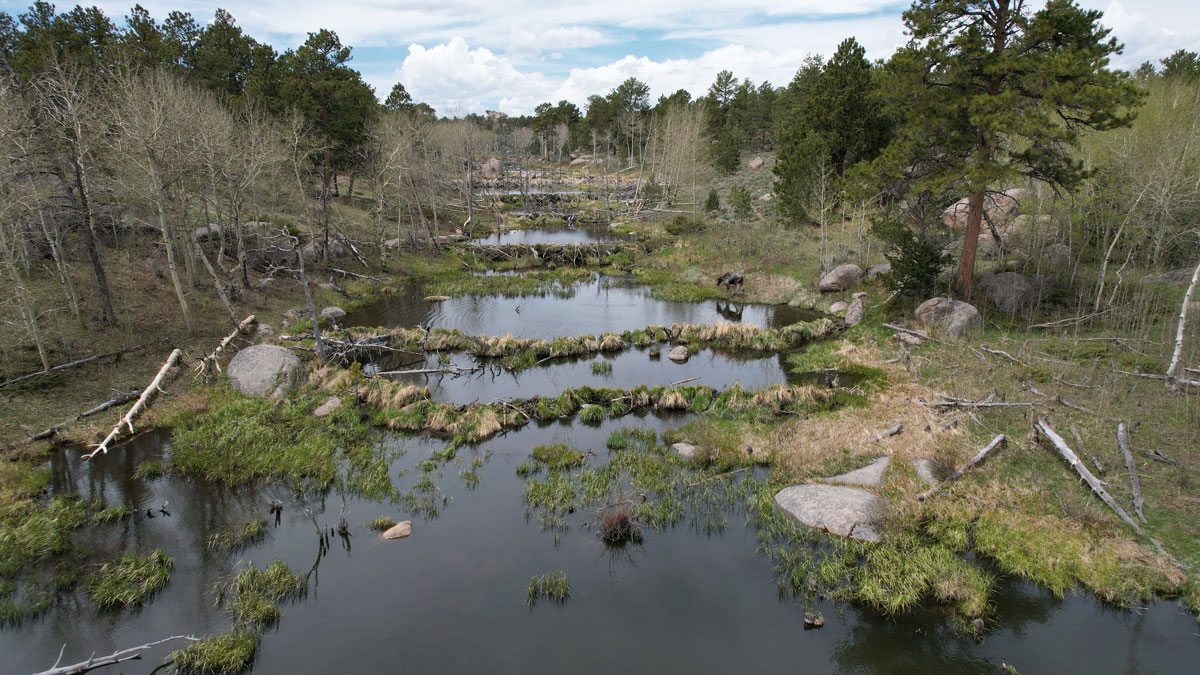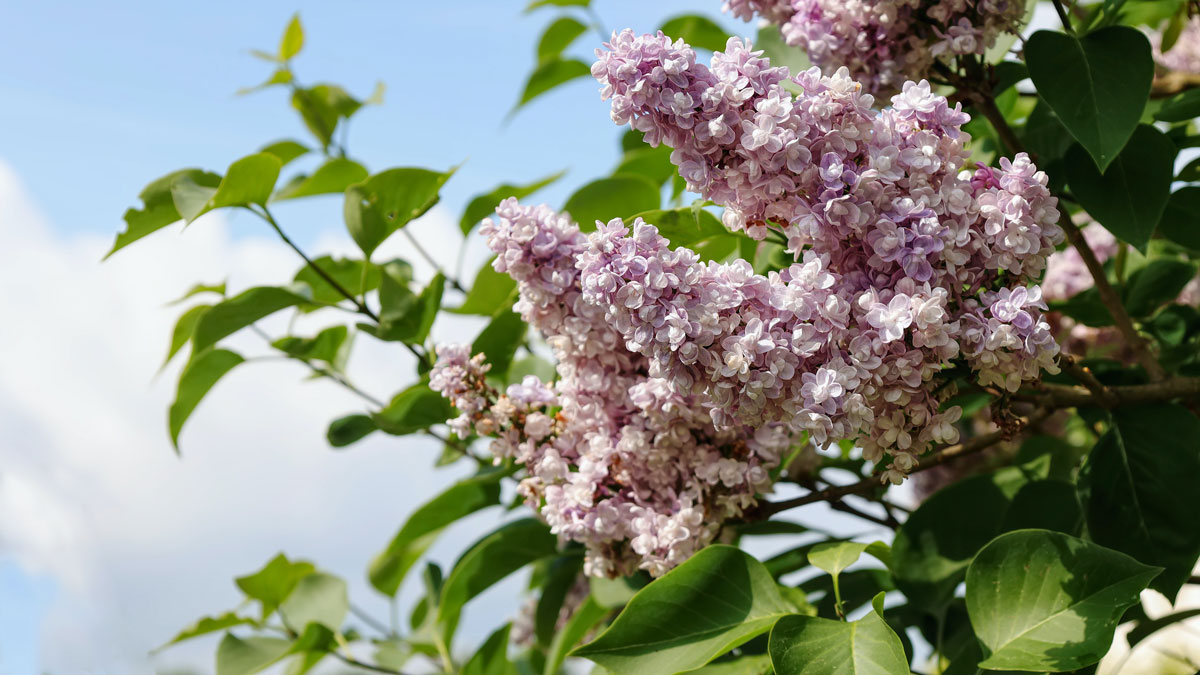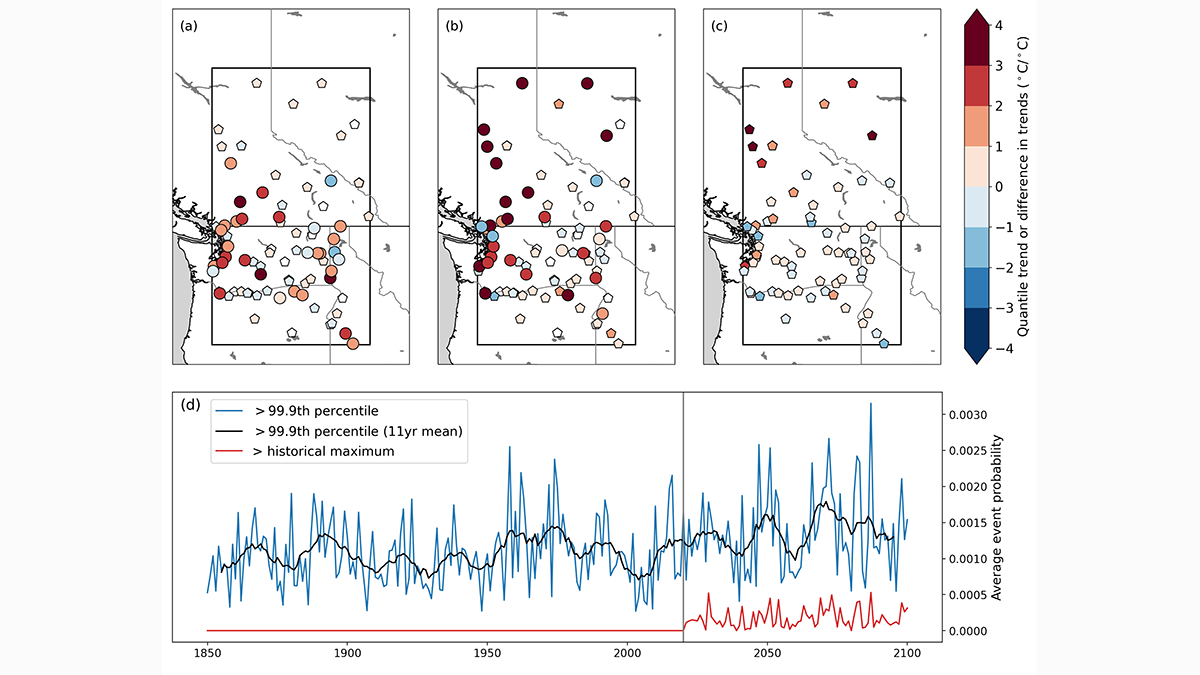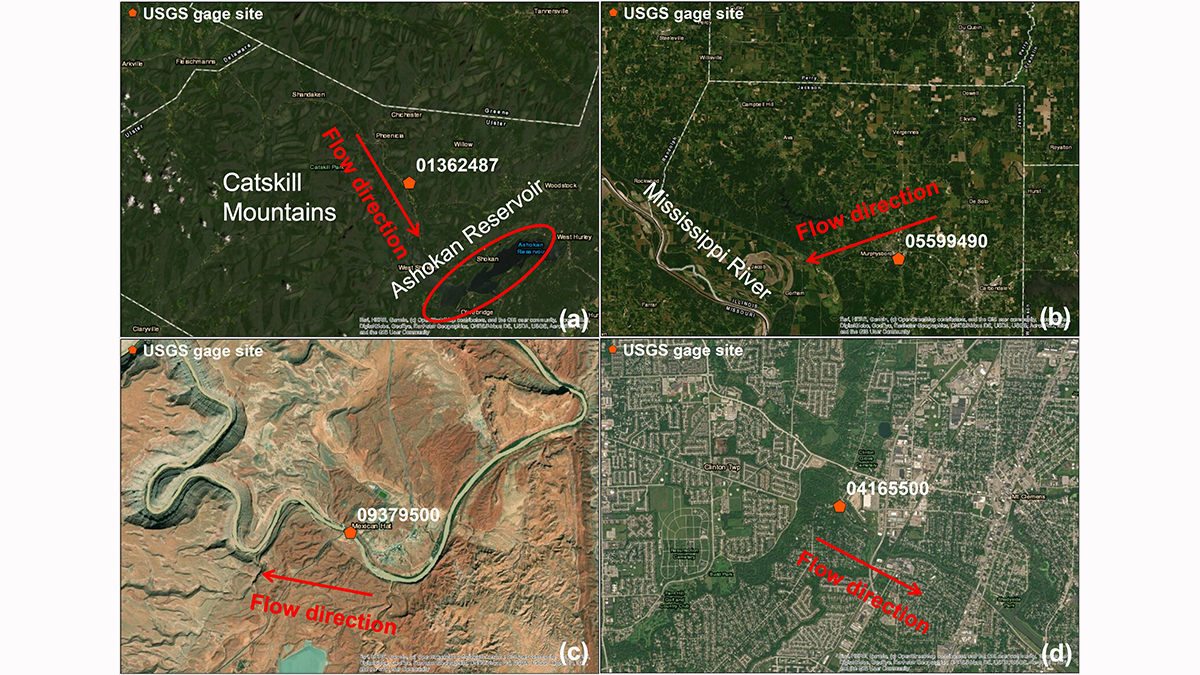A preliminary analysis suggests that the impact of smoke blocking the Sun during 2020’s megafires was minimal for the nation’s solar panels.
United States
Earth’s Orbit Is About to Get More Crowded
The military is launching a fleet of small, interconnected satellites to collect data, track missiles, and aim weapons.
Scientists EEAGER-ly Track Beavers Across Western United States
Efficiently tracking nature’s engineers—beavers—at the scale of entire watersheds over time is now possible, thanks to a new artificial intelligence–trained model called EEAGER.
Leaves Are Springing Up Earlier Along the Appalachian Trail
Satellite images of lustrous new leaves reveal changes that will have cascading effects on diverse ecosystems in the eastern United States.
Characteristics of the 2021 Pacific Northwest Heatwave
Examining the 2021 Pacific Northwest heatwave using both historical observations and model simulations.
Alumni Push Universities Forward on Climate
A tale of three institutions: How grassroots alumni organizations are encouraging climate action, with mixed results.
Disentangling River Water Turbidity and its Flow
A new study shows why fine sediments in rivers are not simply proportional to the water flow across the United States.
What is the Best Predictor of Landfalling Hurricane Damage?
A new study finds that the minimum sea level pressure, as another measure of hurricane strength, is a better predictor of hurricane damage in the United States than the maximum sustained wind speed.
Lake Sediments Record North Carolina’s Coal Legacy
Coal ash–polluted lakes are in residential and recreational areas, invoking concern for the health of local residents and ecosystems.
Los efectos del cambio climático en las tasas de suicidio en los EE.UU.
La incidencia del suicidio podría incrementarse hasta a 1660 casos anuales, dependiendo de qué tanto cambie el clima.










